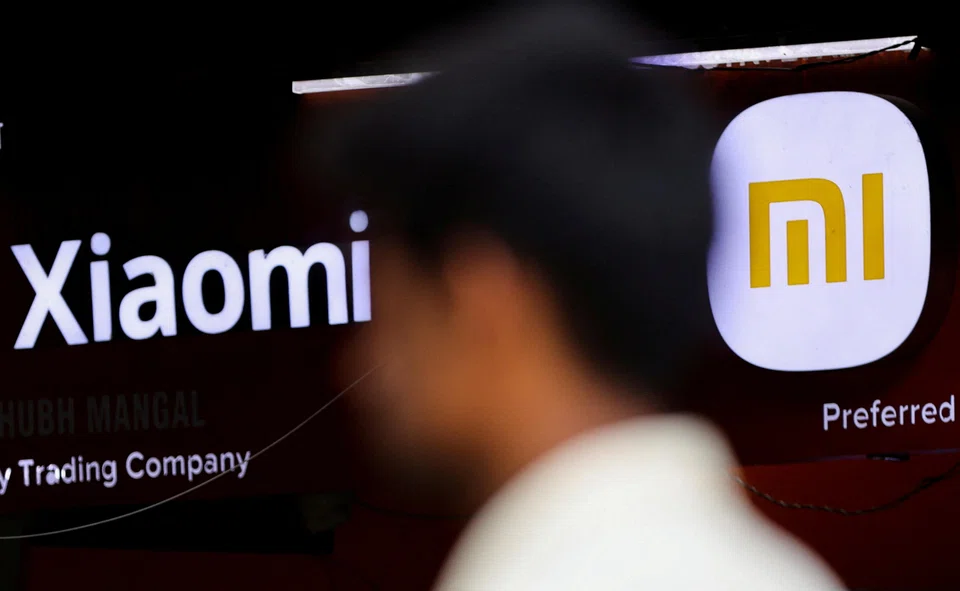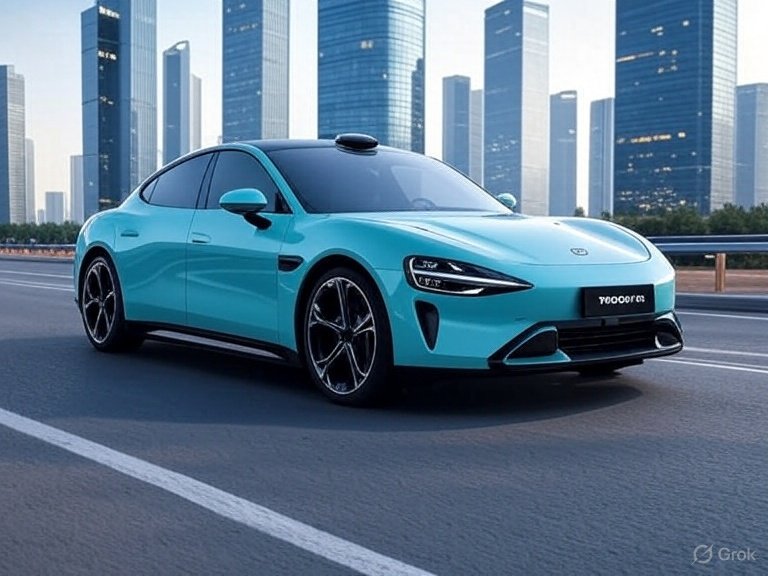When Xiaomi, the Chinese tech giant best known for smartphones and smart-home gadgets, announced its bold pivot into electric vehicles (EVs), the industry watched with interest. The launch of its first full-scale passenger car, the SU7, marked a watershed moment for the company’s ambition to move beyond mobile devices and into automotive manufacturing, according to Bloomberg.
But behind the headlines of sleek sedans, impressive range figures and bold market targets, there lies a more human story—one of workers stretched thin, pressure mounting, and consequences felt in very real ways.
Table of Contents

A Store-Network Overhaul With Hidden Strain
To support its EV push, Xiaomi committed not just to vehicle production but to transforming its retail ecosystem. The task was to convert phone shops and electronics outlets into full-blown car showrooms. A case in point is the story of Wang Peizhi, a 34-year-old Xiaomi employee who died of a heart attack after working relentlessly on the rollout of the SU7’s retail presence. His tragic collapse happened just days after refitting hundreds of stores.
According to internal messages and company documents reviewed by analysts, Wang had overseen upgrades in more than 267 stores in just eight months—on top of his regular duties. The staff reduction during the pandemic had left a skeleton team, forcing the remaining employees into high-gear mode as Xiaomi raced to meet EV-launch deadlines, per The Straits Times.
This intense, compressed rollout speaks to the double-edged nature of the shift: the ambition of capturing a slice of the booming Chinese EV market, and the human cost of doing so at breakneck speed.

3. Ambition, Market Pressure and Worker Realities
Xiaomi’s leader, Lei Jun, has made no secret of the company’s determination: to build an ecosystem integrating devices, home electronics and now mobility. But the transition to car-making is complex and costly. According to industry observers, the EV business demands scale, precision manufacturing, heavy capital investment, and a new supply-chain regime—very different from the smartphone arena.
In this context, the demands placed on employees surged. With fewer teammates and tighter timelines, many workers reported long hours, increased stress and a sense of being part of a “crash programme”. One former employee told analysts that the company’s smartphone success had set an internal expectation of speed and high productivity, which now collided with the far heavier engineering and retail demands of the auto world.
The human toll raises questions about how large tech firms manage transitions into new sectors—and whether human-resource practices keep pace with the pace of corporate ambition.

What Next for Xiaomi and Its Workforce
As Xiaomi rolls out its EV strategy more broadly—aiming to expand regionally and build scale—the company faces a dual challenge. On the one hand, how to maintain brand momentum and capture market share in a fiercely competitive field where firms like BYD and Tesla already dominate. On the other hand, how to build culture, support systems and labour practices that reflect the demands of vehicle manufacturing.
For workers on the ground, the questions remain pressing. Will the workload stabilise? Will training, staffing and health-support measures evolve with the new business model? And for observers in places like Nigeria—where tech brands increasingly influence mobility and consumption—what lessons can be learned about scaling responsibly, balancing innovation with human care, and ensuring that workers aren’t sacrificed for speed?
In short: Xiaomi’s pivot might signal the next frontier of tech-driven mobility, but it also highlights that bold corporate moves carry equally bold responsibilities—for people, for practices and for long-term culture.
Join Our Social Media Channels:
WhatsApp: NaijaEyes
Facebook: NaijaEyes
Twitter: NaijaEyes
Instagram: NaijaEyes
TikTok: NaijaEyes





